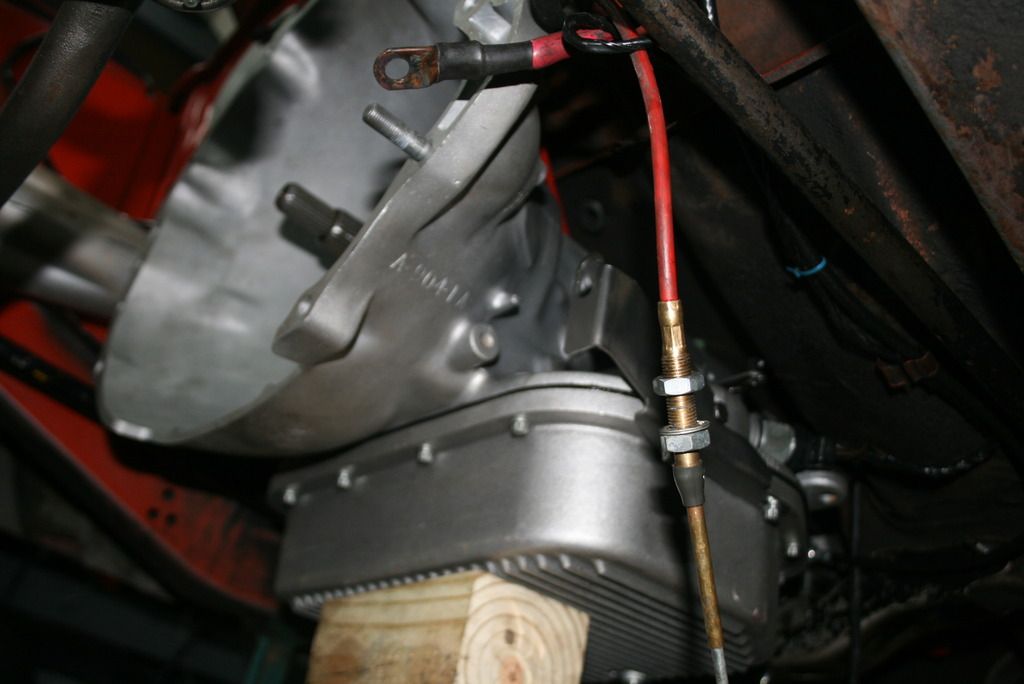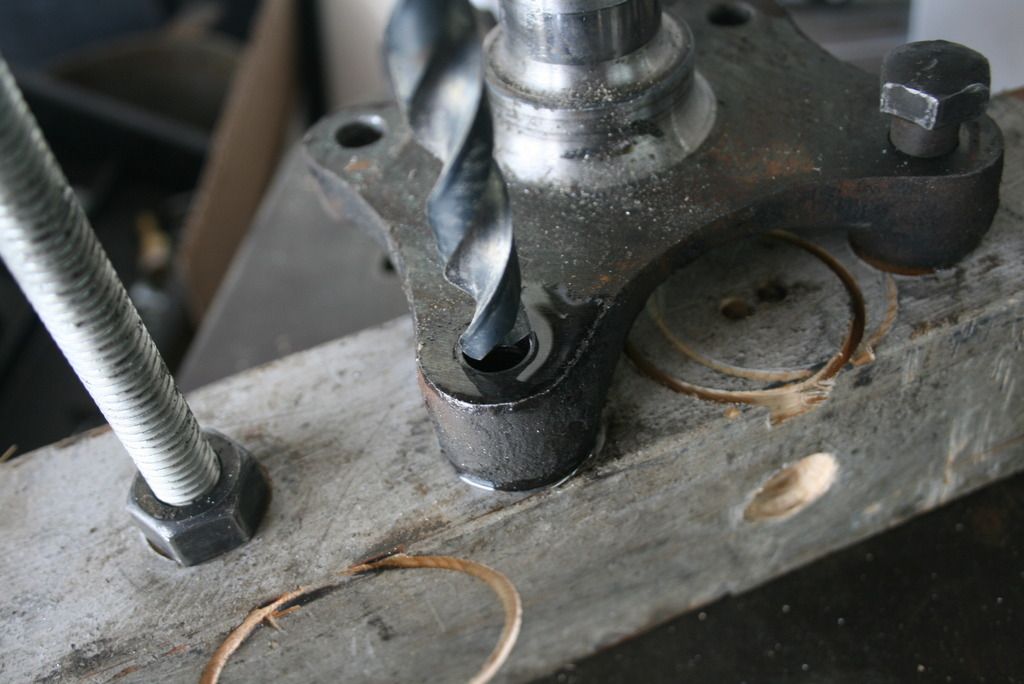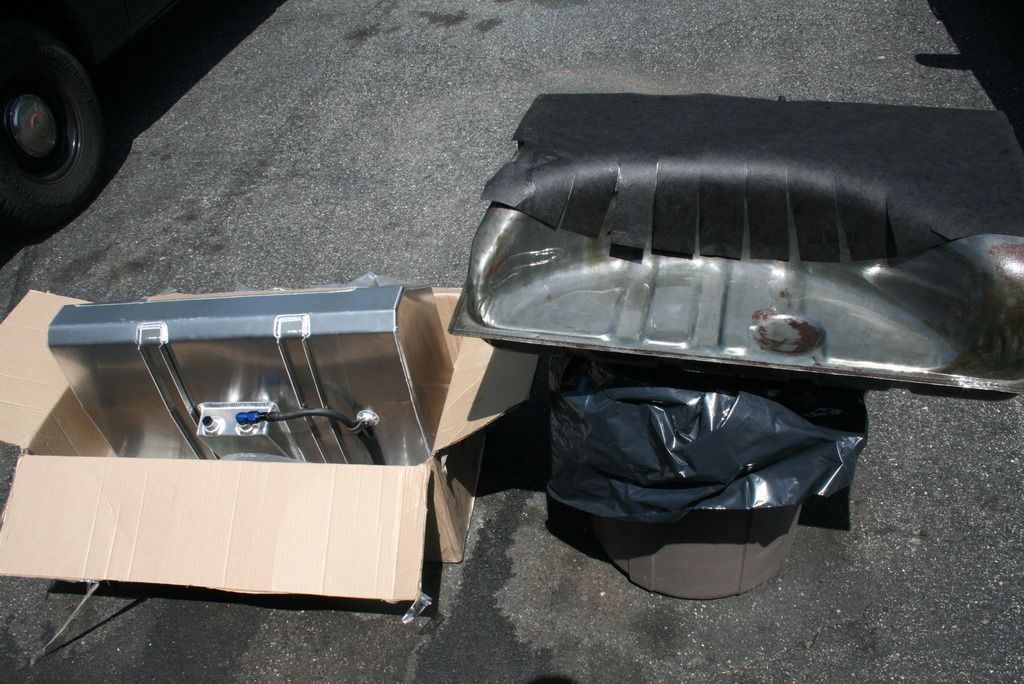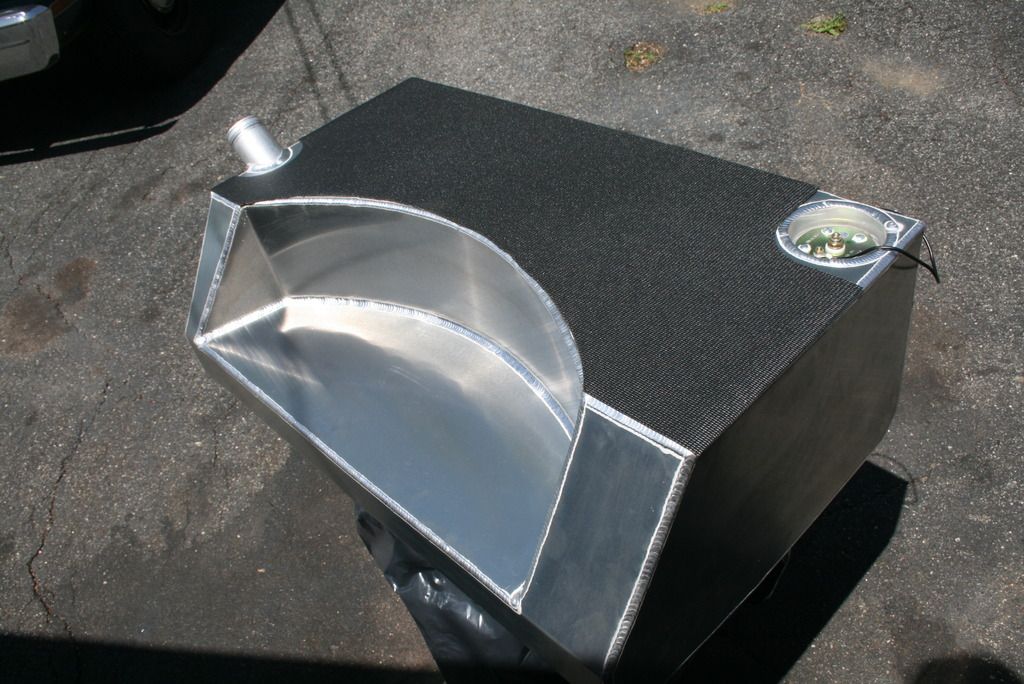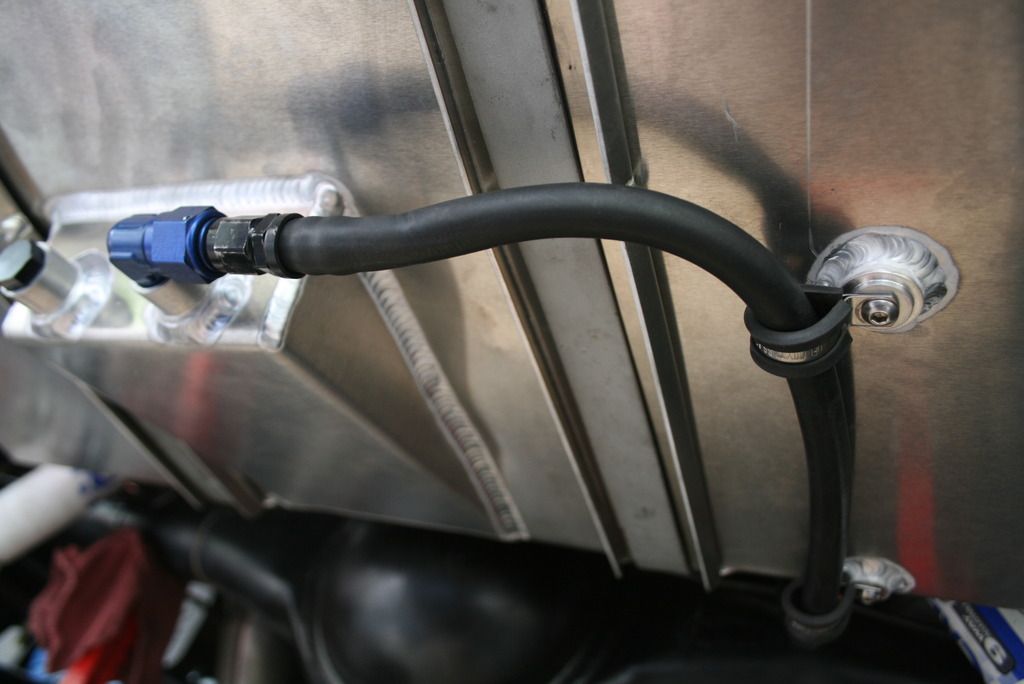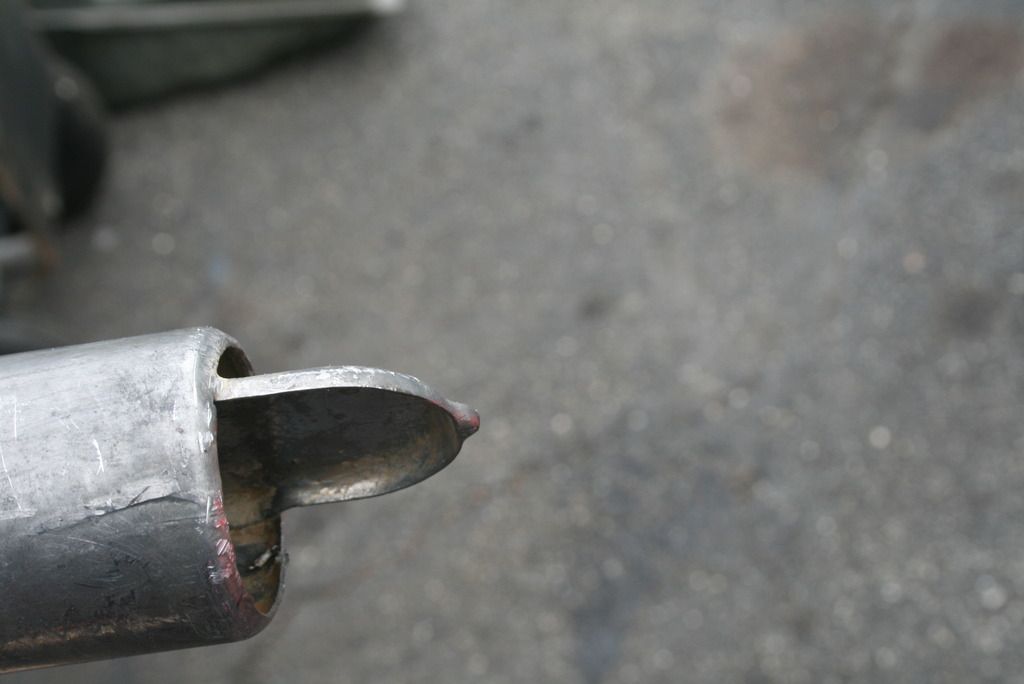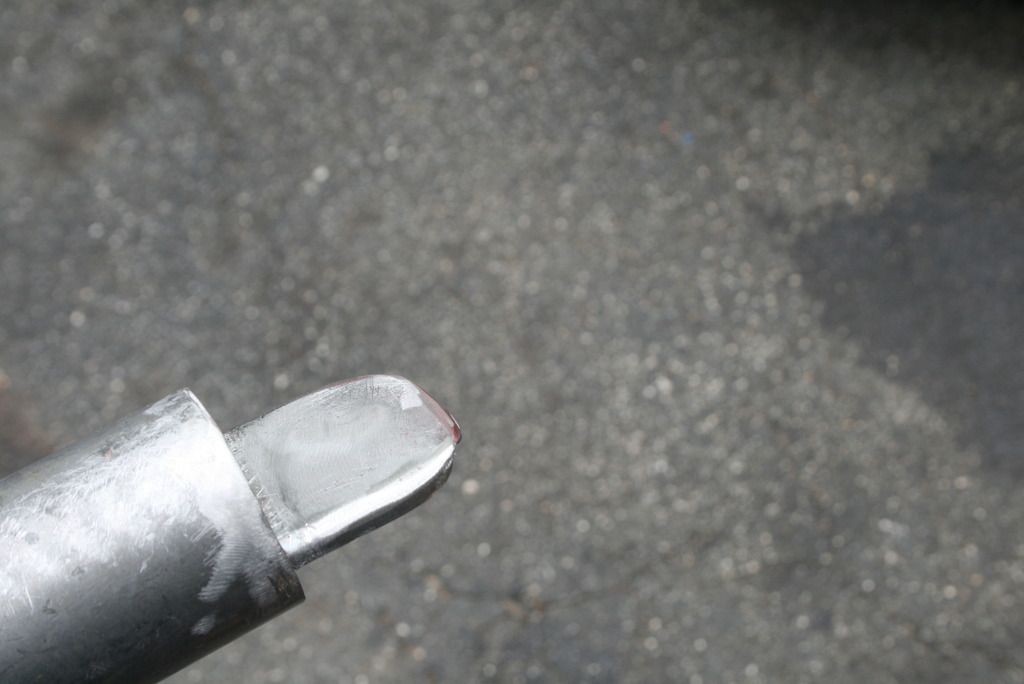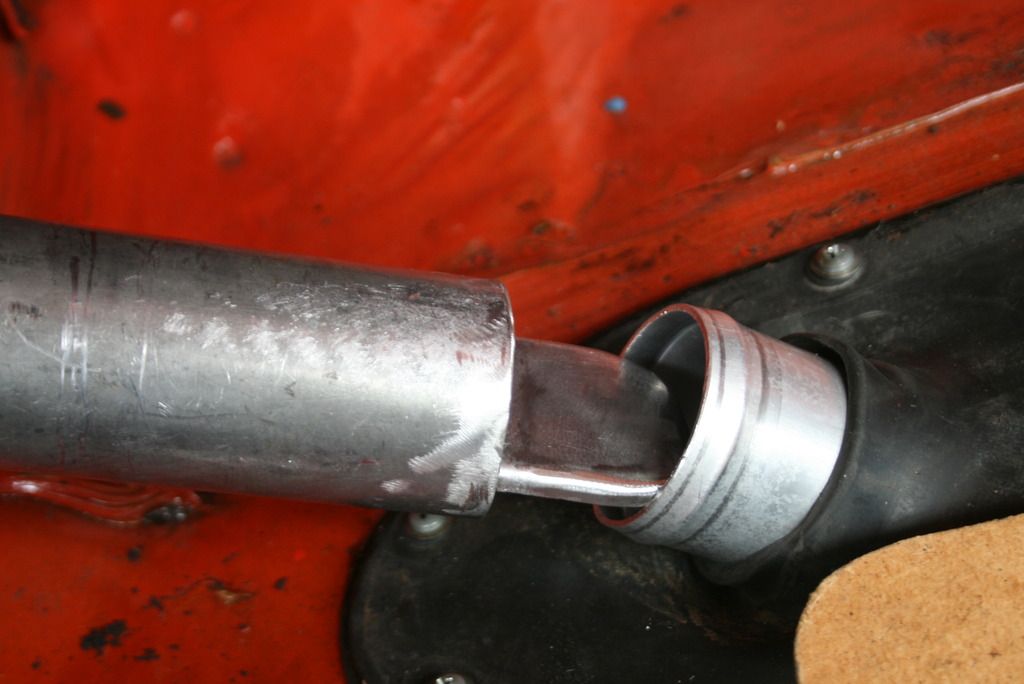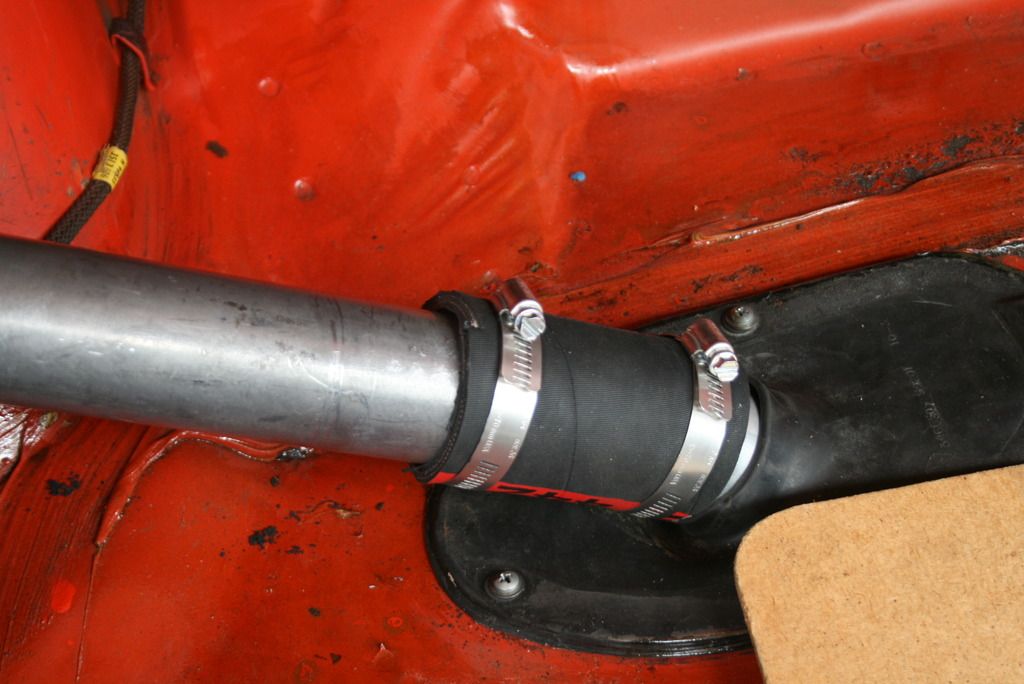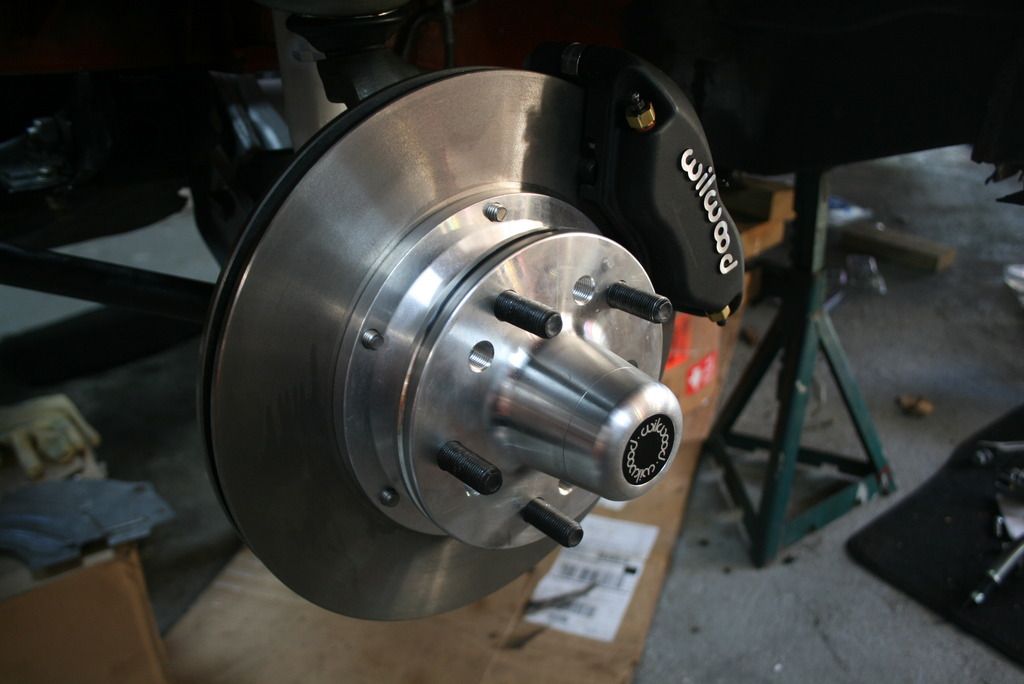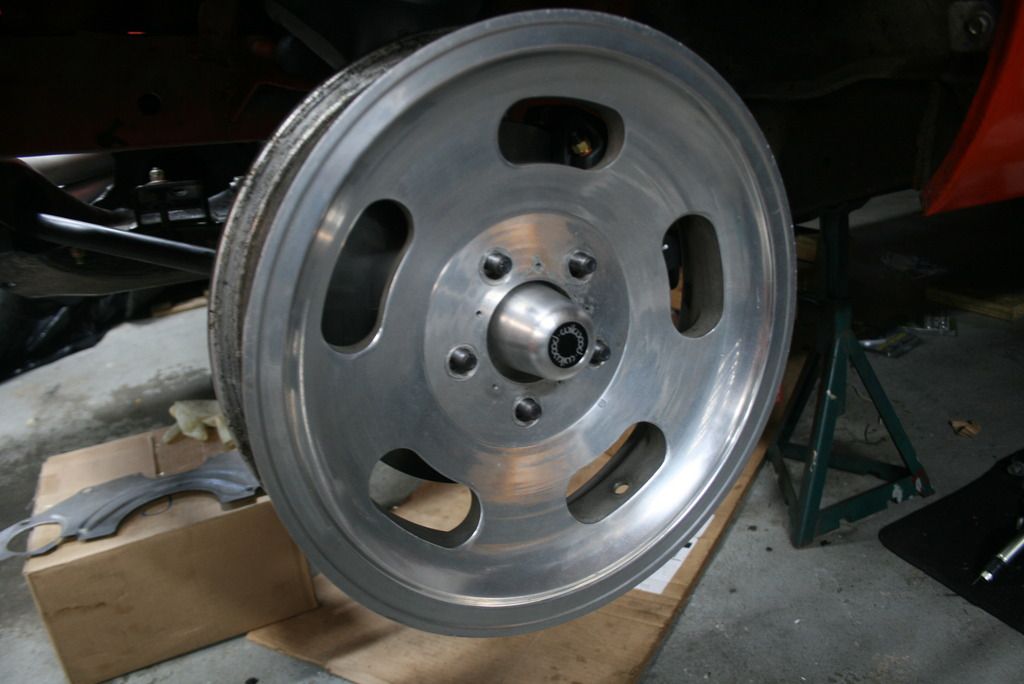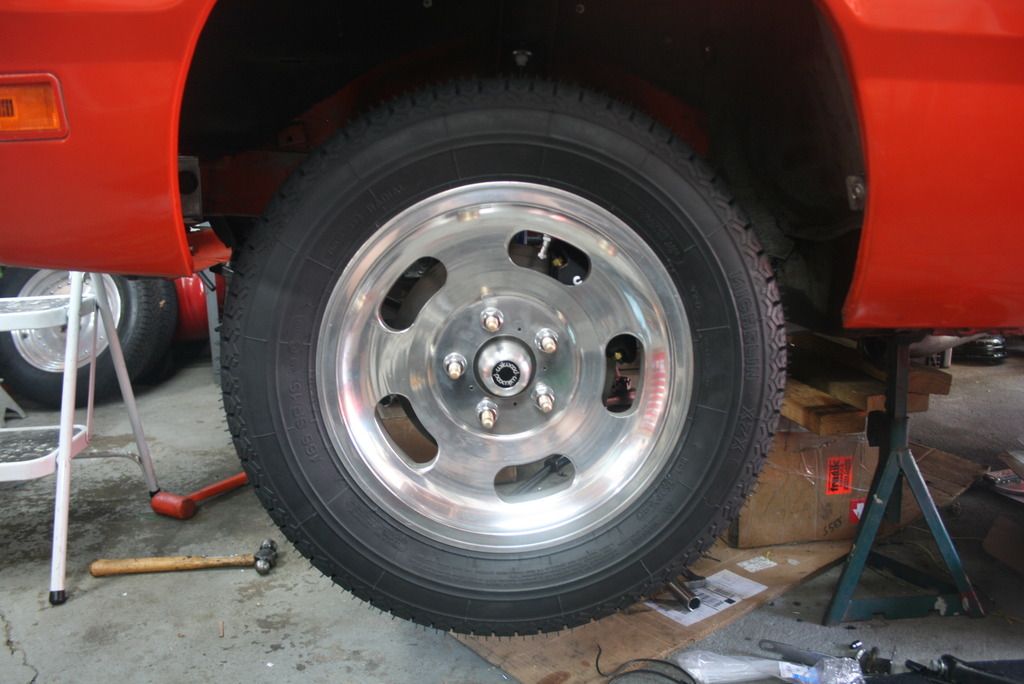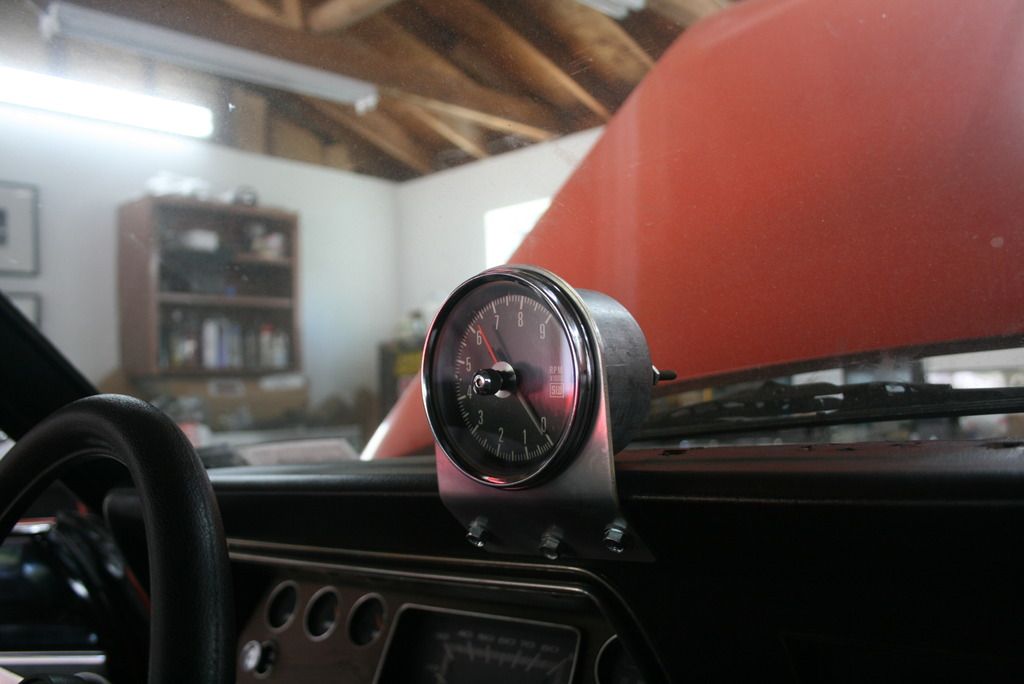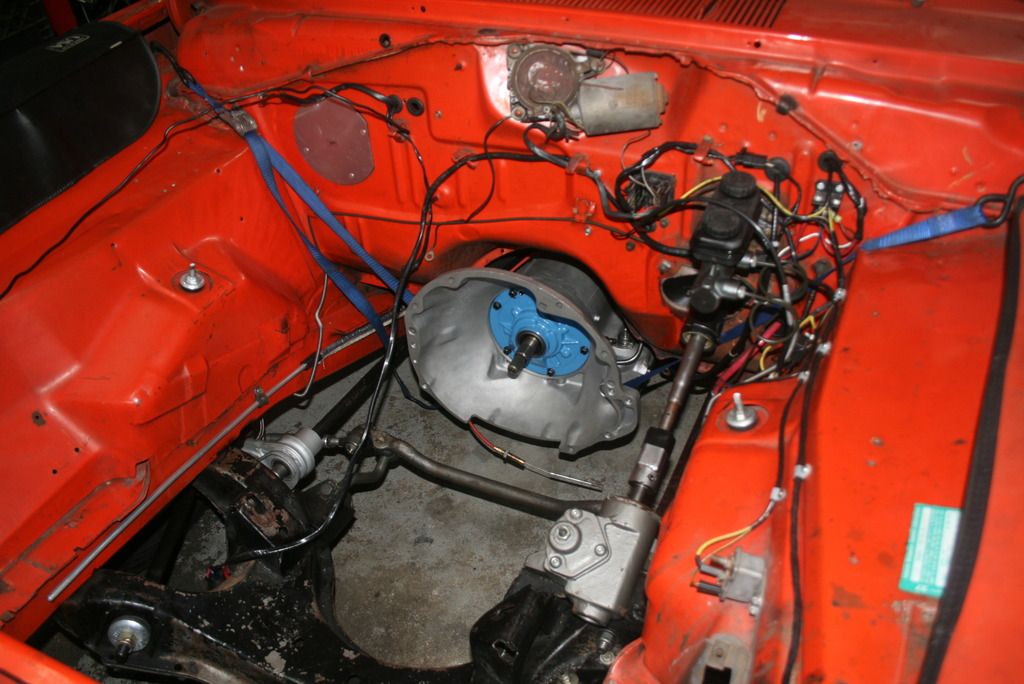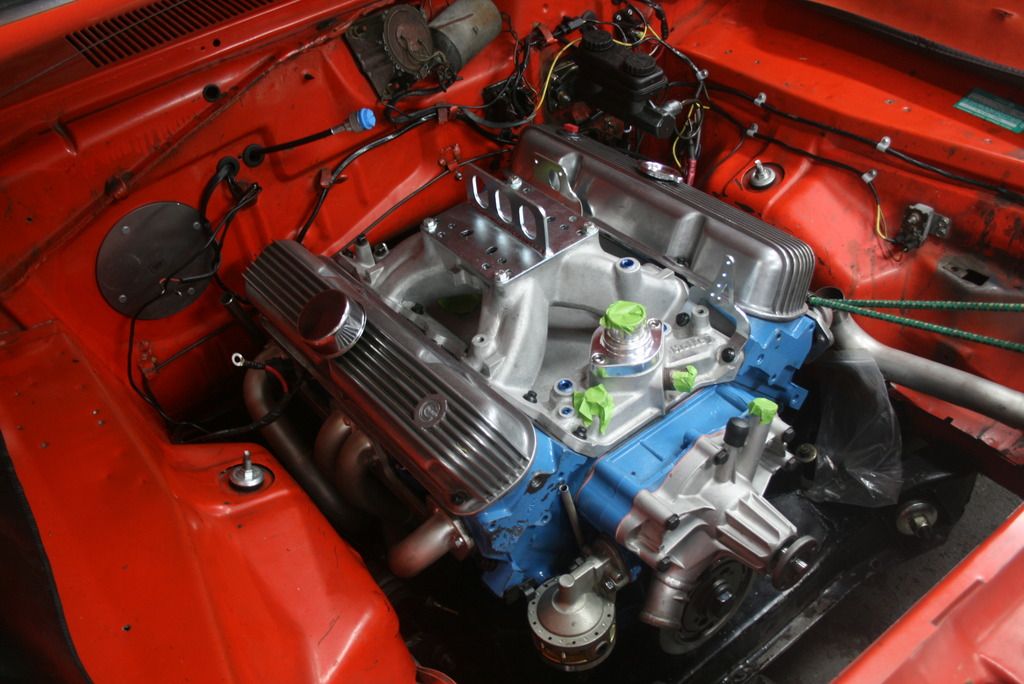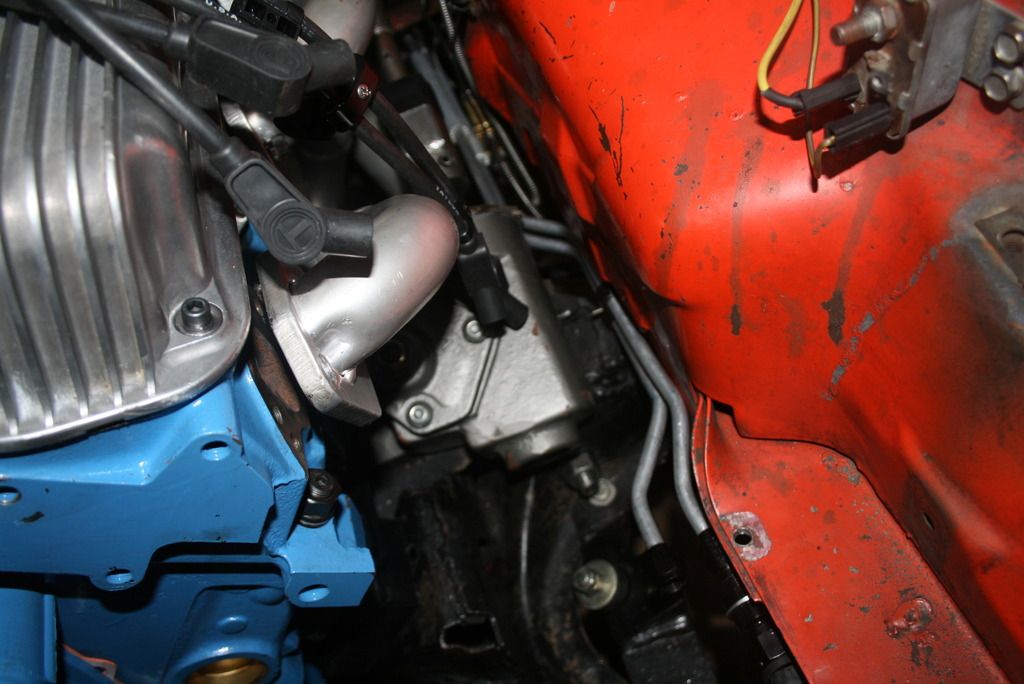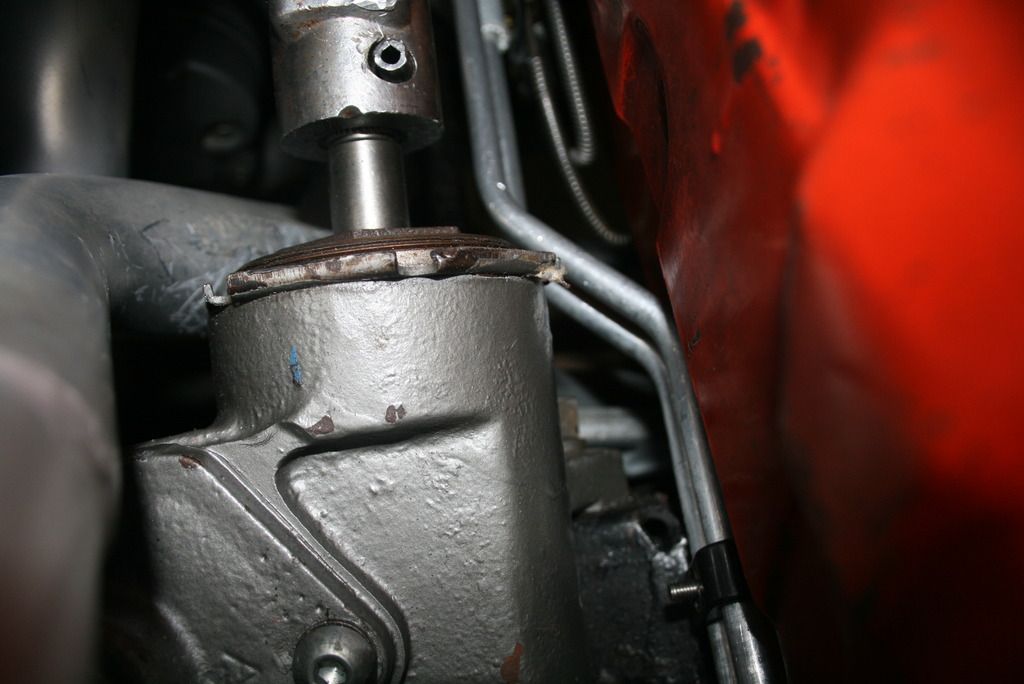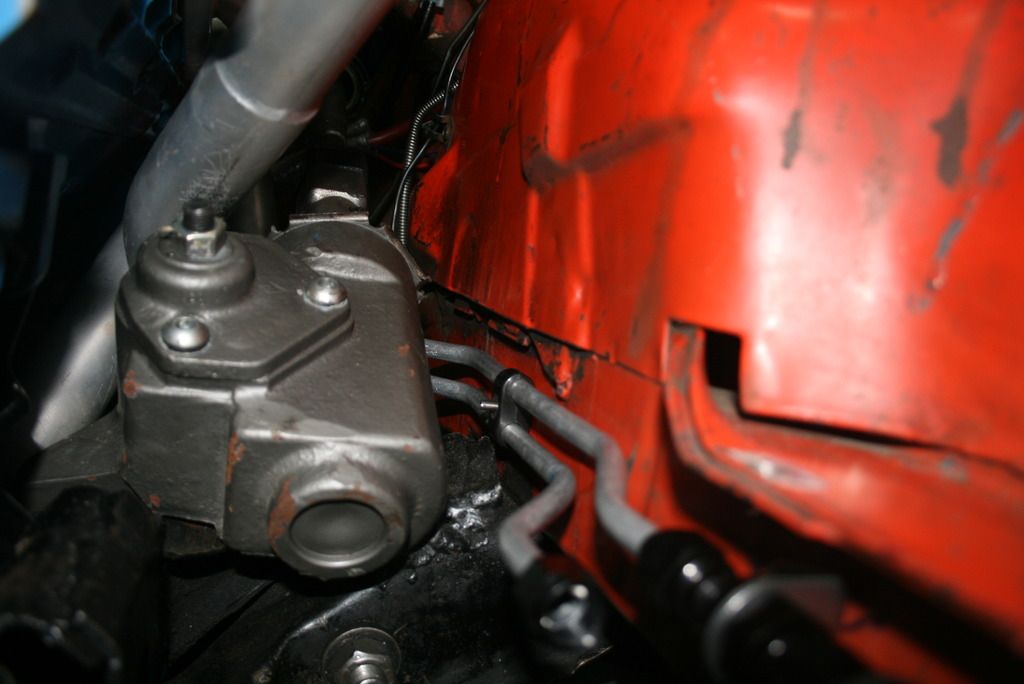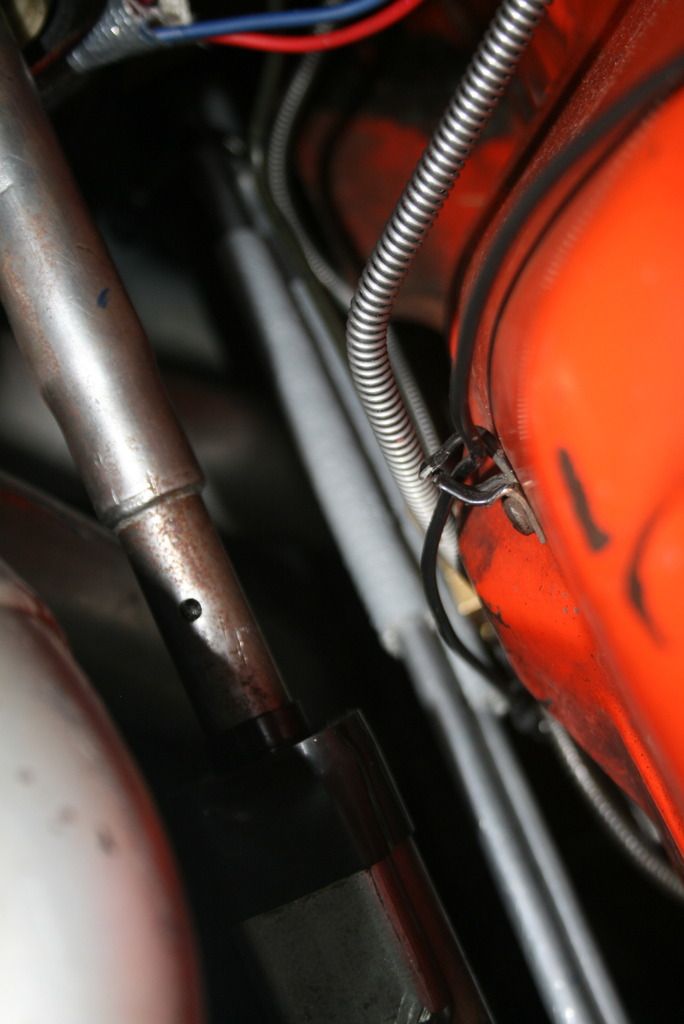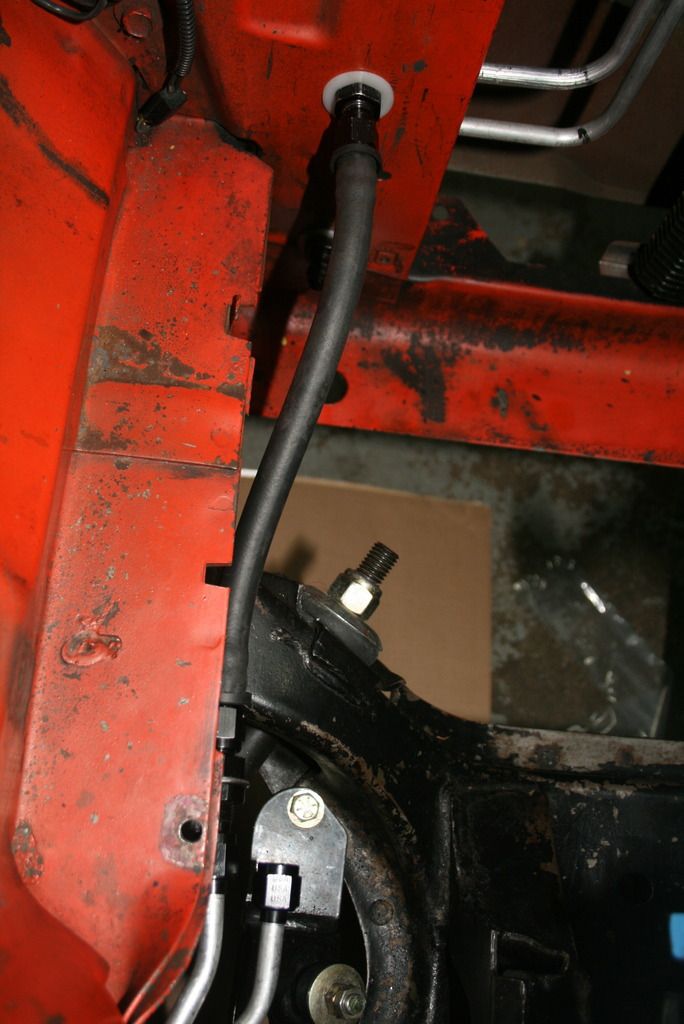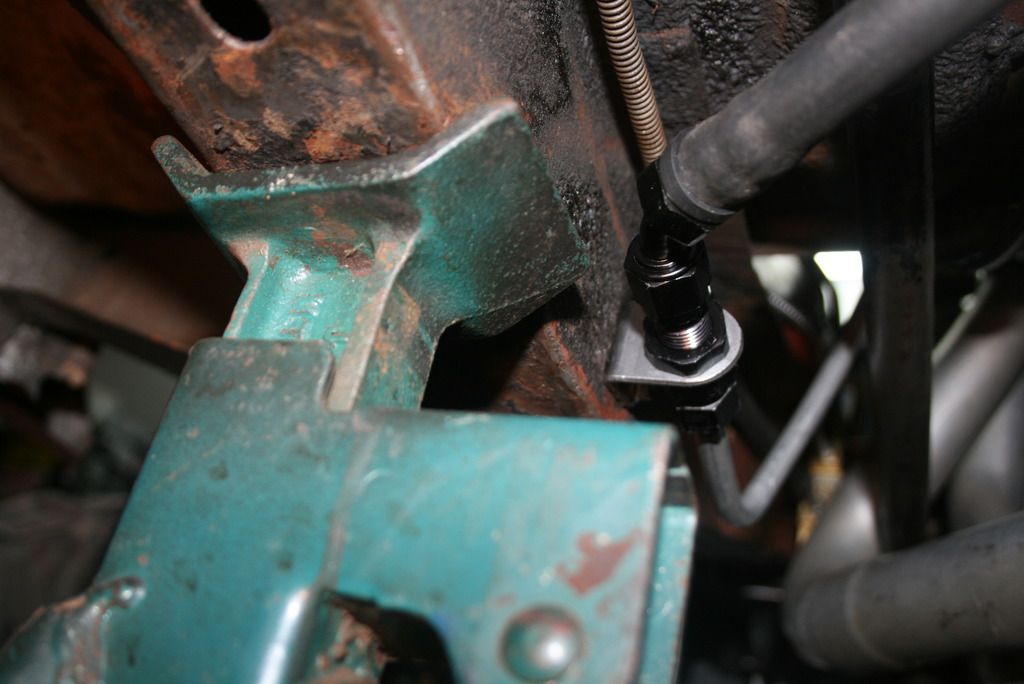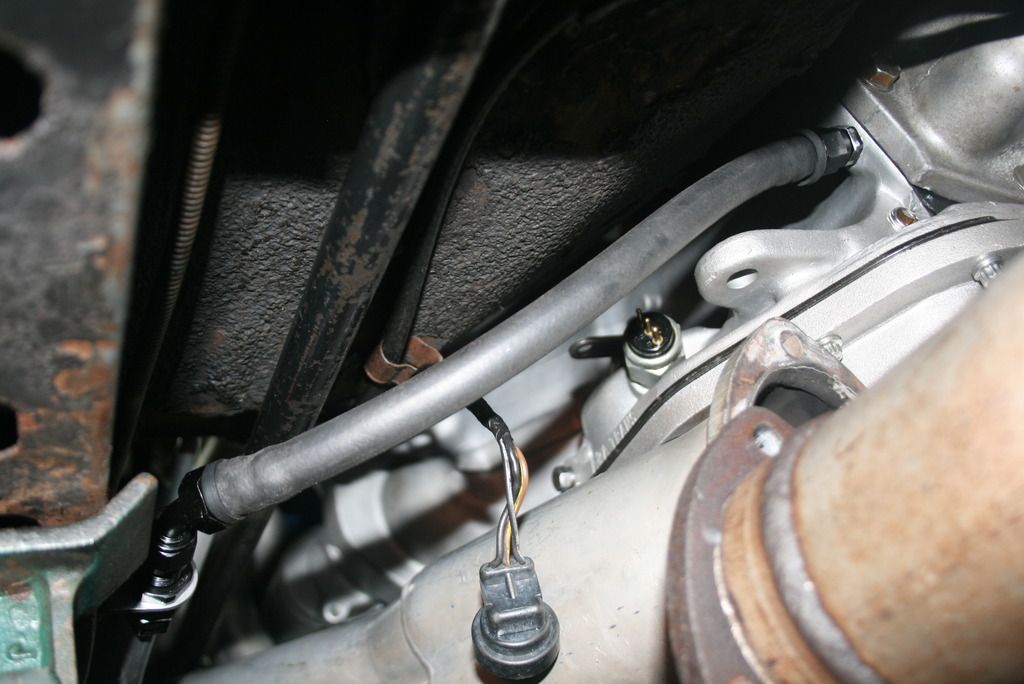So, the 416 makes 500 horsepower! Dyno day went great, break in went smoothly. The engine makes good power and big torque - basically 500 lbs/ft from 4,000-5,000 rpm. The thing sounds nasty too, just a pissed off small block!
I posted a thread about it on Moparts here.
Unfortunately, I don't have any pics or videos from the dyno, my camera decided not to work when I wanted it to. I have one fuzzy 30 second clip of the break in but it's terrible quality and not worth posting.
In any event, it feels like I've graduated to a different level seeing the engine through to this point. Obviously it has to go back in the car and the 'real' test will be getting it down the track but I'm pretty stoked at how it's turned out thus far. Not bad for a guy in his garage and just enough knowledge to be dangerous...
If you've been reading through all this from the start, (if you actually are, I commend you) you'll know how many missteps I've had with this motor. It fought me on everything, from mismatched parts to incorrect procedures and everything in between. It's a great feeling to know that it wasn't all for naught and it actually turned out really well!
On the dyno, the only real issue that came up were some small oil leaks. They looked to be coming from the corners of the oil pan which is what I had been afraid of. Thankfully though, it was neither the rear main or front seal. It was run without PCV on the dyno so I was wondering if that may have had something to do with the leaks but the dyno guy said it didn't. We changed the filter on the dyno after the break in and lost a little oil. The Kevko pan calls for 5 quarts and I believe there may have been a little too much oil added after the filter change. I am going to try and pinpoint the leaks with some air pressure and soapy water, hoping that it won't be a big deal.
So again, the next steps are getting the engine and trans back into the car. Still debating whether I want to do the brakes before hand but know that I know what I have with the engine and trans, I am probably going to do it.
Need to finish up the trans. install with some new cooler lines and reinstalling the shifter. Driveshaft has to go back in as well, hoping that the drievline angles will be OK. I installed a new trans. mount and have new motor mounts. Guess we will see when it gets back on the ground.
I'm super stoked, can't wait to get this car back on the road! :burnout:
More to come.

